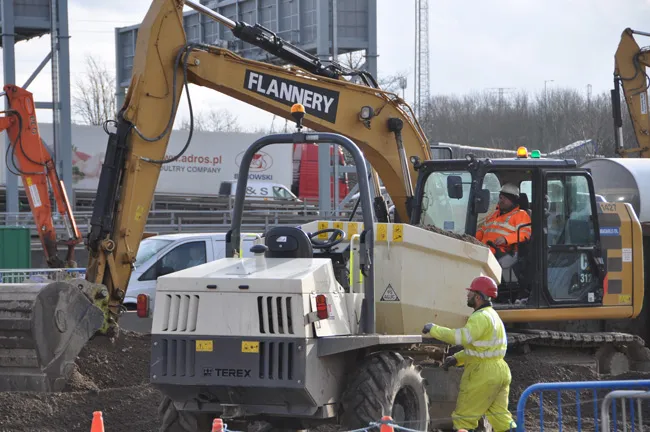Interest is said to be strong for a key highway project in Nepal. The project to build the US$1.02 billion Kathmandu-Tarai Fast Track route has attracted interest from China in the shape of the China Infrastructure Investment Corporation (CIIC) and from India with Reliance Infrastructure, and Shapoorji Pallonji. The 76km highway will commence at Khokana and connect capital Kathmandu with Nijgadh. Should CIIC win the deal it has said it will source funding from China’s Exim Bank. The project has been hit by
March 18, 2014
Read time: 2 mins
Interest is said to be strong for a key highway project in Nepal. The project to build the US$1.02 billion Kathmandu-Tarai Fast Track route has attracted interest from China in the shape of the China Infrastructure Investment Corporation (CIIC) and from India with 1234 Reliance Infrastructure, and Shapoorji Pallonji. The 76km highway will commence at Khokana and connect capital Kathmandu with Nijgadh. Should CIIC win the deal it has said it will source funding from China’s Exim Bank. The project has been hit by various delays and is being offered under a build-operate-own transfer concession package to attract investors. The 5283 Nepalese Government has vowed to improve connections from the capital and the highway is needed both to upgrade the country’s links with its neighbours as well as to join with the proposed second international airport at Nijgadh. Land acquisition for the project is underway, although there have been some changes to the route and it will now run alongside the Bagmati River rather than the earlier proposed route. Some sections of the road, which will connect Kthamndu with the Southern Plains, have been constructed already by the Nepalese Army. The Kathmandu-Tarai Fast Track project is one seen as of key importance for Nepal, along with the Kathmandu-Hetauda Tunnel Highway. Both projects have so far been delayed due to funding issues but now look to be gaining momentum.







